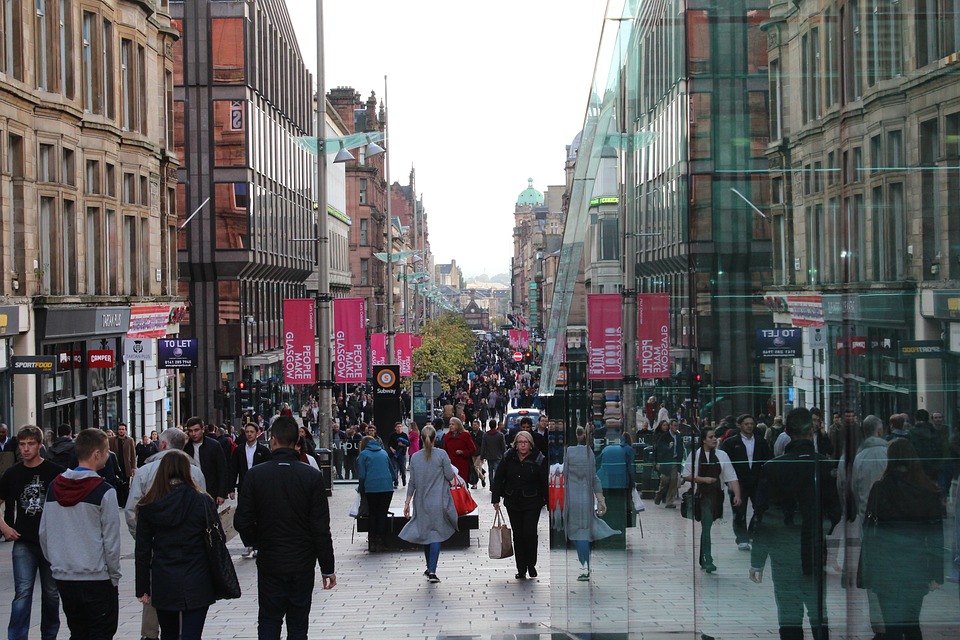Public support sought for walkability surveys in Glasgow

PLACE LOGIC, a sister company of ADAM Architecture which provides urban planning expertise and the Urban Design Studies Unit (UDSU) at the University of Strathclyde, is seeking the support and engagement of the public for its current consultation on the walkability of different streets in Glasgow, London and Winchester.
The objective of the survey, which can be completed online, is to gain a clearer understanding of how people perceive different urban environments ranging from high streets to congested arterial roads.
Alessandro Venerandi, senior spatial analyst with PLACE LOGIC, said: “The survey is being hosted on a web-based platform featuring panoramic street views of different urban environments in the three chosen cities alongside questions concerning people’s cognitive and emotional responses to the images shown. Data will be collected online and also offline at public events in each of these cities and we’re really excited to hear people’s responses.”
PLACE LOGIC helps to deliver places that sustain vibrant, better connected communities by combining expertise in urban design with data driven analysis of places. They have recently joined forces with UDSU to develop a novel, more holistic walkability index in an effort to encourage the delivery of places that support sustainable lifestyles, rather than entrenching car dependence.
This index will not only measure pedestrian accessibility to a set of amenities and services like other existing indices but will also consider other metrics of urban form, greenery, thermal comfort, and topography.
The relationship between the surveys and the development of the walkability index is described by Alessandro: “The scoring system of the forthcoming walkability index will be informed by how people who use our streets perceive different urban environments. That’s why PLACE LOGIC and UDSU are undertaking these walkability surveys for which we are using an established methodology developed at the Polytechnic of Milan and University of Milan.”
Among other applications the walkability index can be utilised by local authorities in the future to help understand how they can improve the walkability of their streets, and by developers who are looking to demonstrate the capability of their proposals to support sustainable lifestyles.














